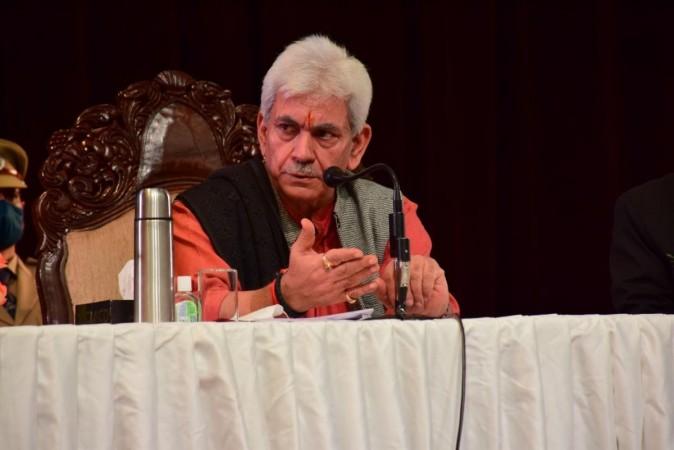Jammu and Kashmir did not have a great educational system despite the fact that since the 1950s education from primary to the university level has been free in state run institutions.
Primary education was made compulsory by Dogra Maharaja Hari Singh in 1930.
After the separatist violence broke out in Kashmir in the 1990s, education, at all levels, took the worst beating.
A large number of teachers at school, college and university levels were the local Kashmiri Pandits.

With the migration of this community that started after insurgent violence-hit Kashmir, the educational system literally collapsed here.
Schools and colleges were burnt and even the vice-chancellor of Kashmir University, Mushirul Haq, who was a renowned Islamic scholar, was kidnapped and murdered.
Educational institutions remained closed most of the time during the 1990s.
Concerns of safety overtook the academic ambitions of both parents and the students.
Reviving J&K's education system
The revival of the educational system and bringing it back on the rails, therefore, remained the biggest challenge for different governments that came to power in J&K after 1990.
Revival of the shattered educational system was slow for many years, but during the last six years, an increase in the number of schools and higher education Institutions has shown great progress to uplift the level and reach of education across all the 20 districts of J&K.
Like the rest of the country, J&K has been following the 10+2+3 pattern. As per the new national policy, the pattern will shift to 5+3+3+4.
The budget allocation for basic education in 2020-2021 is Rs 11,126 crore (23.49 per cent increase over the previous fiscal), for higher education it is Rs 1,440 crore (17.51 per cent increase over previous fiscal), health and medical education Rs 4,901 crore (11.74 per cent increase over previous fiscal) and Rs 738 crore for youth services and technical education (28.86 per cent increase over previous fiscal)

J&K has 12 universities, including 2 central universities and 2 deemed universities. The UT has one IIT, one NIFT, one IIMC and one IIM.
There are over 20 B.Ed colleges. As per last year's NIRF rating, the university of Kashmir and the university of Jammu rank among 100 top universities of the county.
Kashmir University ranks 48 and Jammu University 52 among the 100 top universities.
Shri Mata Vaishno Devi University in Katra town is ranked at 78 according to NIRF among top engineering colleges of India.
To increase accessibility of students, the government has implemented national flagship programmes like Shagun Shiksha, Samagra Shiksha, Mid-day meal, Diksha, Scheme for providing quality education in Madrasas, inclusive education of disabled at secondary stage and RUSA higher education in 2013.
J&K has a literacy rate of 67.16 per cent as per census 2011, the overall female and male literacy rate is 56.43 per cent and 76.75 per cent respectively.
There are more than 1,000 schools for primary, secondary and senior secondary education. There are 50 degree colleges and 12 universities.
Vision document of UT's higher education department says, "To make Jammu and Kashmir a hub of academic excellence by providing equitable access to value based and quality education, keeping pace with the evolving socio-economic and cultural trends, thereby nurturing the young learners towards a progressive and productive civilisation."
Thanks to the avenues of educational outreach, youth from J&K have been making it to coveted civil services, IITs and IIMs in the country in recent years.
"It is encouraging to note that given our population size, our young boys and girls have been claiming an appreciable number of slots in civil services and other competitive fields," said a senior official in the education department.
Given the lofty goals set up by the Lt. Governor-led administration in J&K, it appears that despite remarkable development in the educational sector, the UT has miles to go before the dream of academic excellence is realised.
(With inputs from IANS)
















